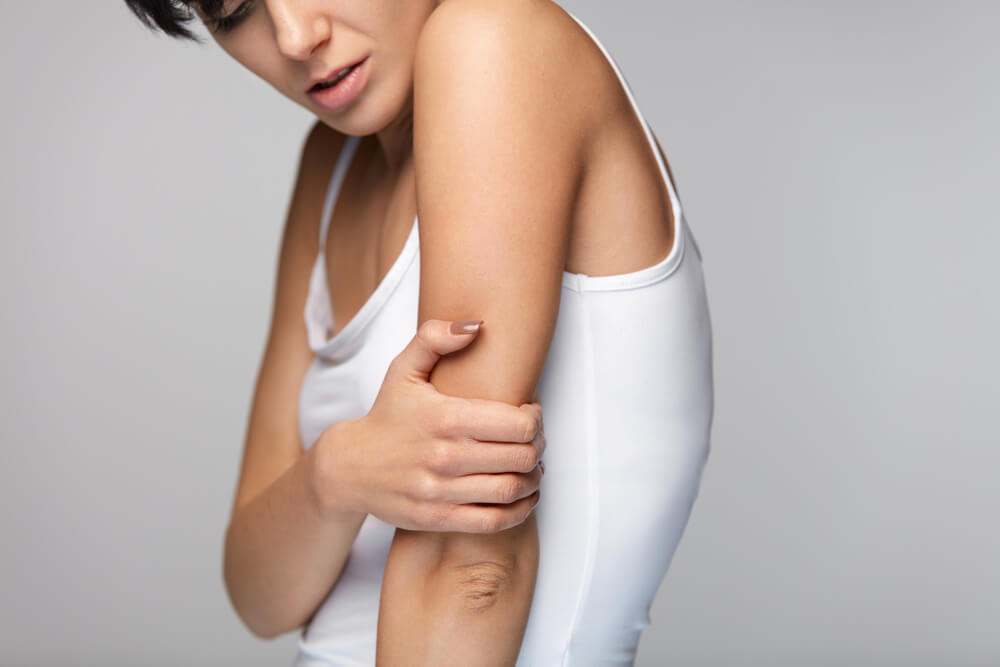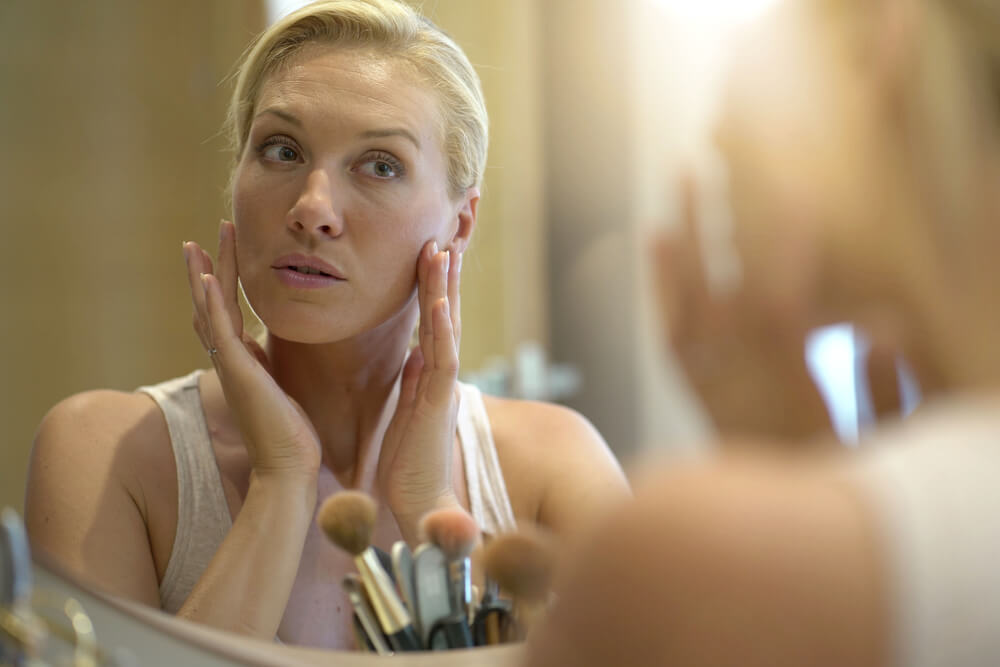
A sure sign of aging is when we develop crow’s feet – those branching lines and wrinkles that form at the outer corners of our eyes. While crow’s feet are often referred to as “laugh lines” or “expression lines,” it’s not a laughing matter when our eyes are lined with visible crow’s feet – even though they are a natural part of aging. So, what can we do about this common concern? We don’t want these wrinkles to keep us from smiling, so let’s take a look at why we all have these lovely crow’s feet.
What causes crow’s feet to occur?
The orbicularis oculi muscles around the eyes are responsible for creating crow’s feet. Our facial expressions (such as smiling, laughing, frowning, or squinting) cause repeated contractions of these eye muscles, resulting in crow’s feet.
Medically, these lines are called “periorbital” (“around the eyes”) wrinkles and are classified as either dynamic or static. Dynamic wrinkles are not permanent, appearing as part of our facial expressions. On the other hand, static wrinkles are permanent lines that are always visible.
At what age do crow’s feet usually appear?
Visible crow’s feet can begin to appear as early as in our 20s, and this normal part of growing older seems to be more noticeable with every passing year. Over time, these fine lines and wrinkles around our eyes tend to become more static because, as we age, our skin loses collagen and elastin, which are responsible for keeping our skin plump and firm.
With much less collagen and elastin production, our skin loses its ability to return to its smooth, taut appearance in the wake of all our many facial expressions. Like an old rubber band, our aging skin remains lax instead of snapping back, causing more and more static crow’s feet to develop. Results of smiling and other facial expressions remain more and more visible in the form of crow’s feet wrinkles.

What role does genetics play in the development of crow’s feet?
Genetics play a role in how prone we are to facial wrinkles and crow’s feet. Of the four main skin types (normal, dry, oily, and combination skin), dry skin is more susceptible to fine lines and wrinkles, as this type of skin is generally thinner and less elastic than the other types.
In addition, the area where crow’s feet wrinkles develop is more delicate than other areas of the face, and this area tends to lose hydration much more quickly than the rest of the facial skin. Constant dry skin around the eyes can contribute to the advancement of crow’s feet.
What other factors contribute to crow’s feet?
In addition to genetics and your general skin type, crow’s feet can develop more quickly due to:
- Constant eye strain and squinting
- The sun and ultraviolet (UV) rays
- Poor diet and nutrition
- Smoking and excessive drinking
- Dehydration
- Sleep deprivation
- Lack of proper skincare
Avoid eye strain and squinting
Our vision changes over time. To avoid the eye strain and squinting that can cause crow’s feet, wear eyeglasses or contacts that correct your vision. Additionally, limit prolonged exposure to the screens of electronic devices, and wear sunglasses to protect your delicate eye area when you are out in the bright sun. Also, when you are tired, avoid rubbing your eyes, which disturbs the delicate skin in this area, causing the skin to wrinkle, sag, and droop around the eyes and in the under-eye area.
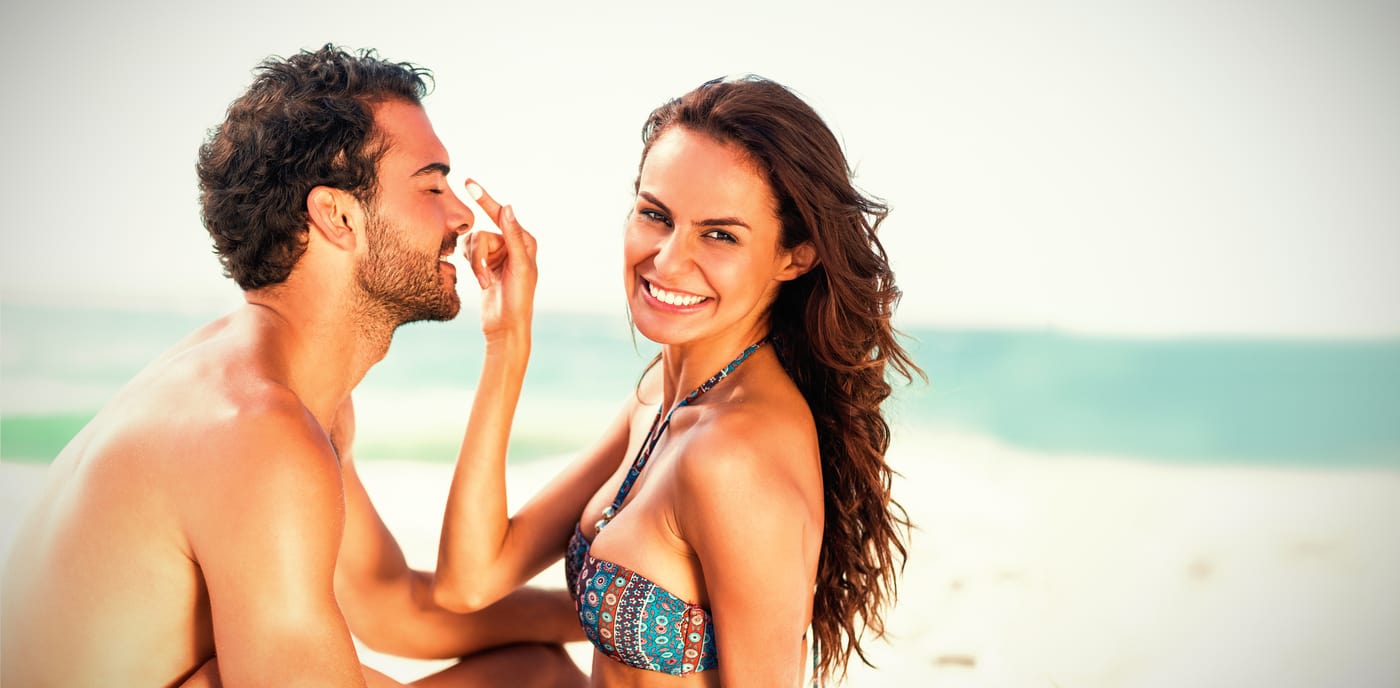
Protect yourself from the sun
Sun exposure is a primary cause of premature aging and crow’s feet. Dangerous UVA and UVB sun rays weaken the skin and accelerate the formation of wrinkles. To minimize sun and UV exposure damage, every time you step outside (even on cloudy days), protect your skin and eye area with a broad-spectrum SPF sunscreen or moisturizer with a minimum rating of SPF 30.
Be sure to wear sunscreen whenever you are outdoors, especially when the sun is most intense (between 11 a.m. and 3 p.m.). It’s also recommended to wear UV-blocking sunglasses to protect your eyes and the delicate skin around them.
Maintain a well-balanced diet
Our skin depends on receiving antioxidants and nutrients to heal itself from sun damage, protect itself from free radicals, and create collagen. A healthy diet includes antioxidants, omega-3 fatty acids, and vitamins. Choose foods with healthy fats such as the omega-3s found in salmon and mackerel, nuts and seeds, avocados, and olive oil.
Be sure to include antioxidant-rich fruits, nuts, and oils, such as blueberries, strawberries, cantaloupe, walnuts, and coconut oil. Vitamin C is an essential building block for creating and repairing collagen in aging skin. You can get vitamin C by eating citrus fruits, red and green peppers, tomatoes, broccoli, and greens.
Give up smoking, and limit your alcohol intake
If you smoke, kick the nicotine habit as soon as you can because cigarette smoking damages the collagen and elastin fibers of the skin. Not only that but smoking also reduces the blood flow that carries oxygen and nutrients to the skin. It also contributes to facial skin irritation and dryness and promotes the development of crow’s feet.
You should not only quit smoking, but you should also limit your alcohol consumption, as alcohol is a strong diuretic that can leave your skin dehydrated and damaged.
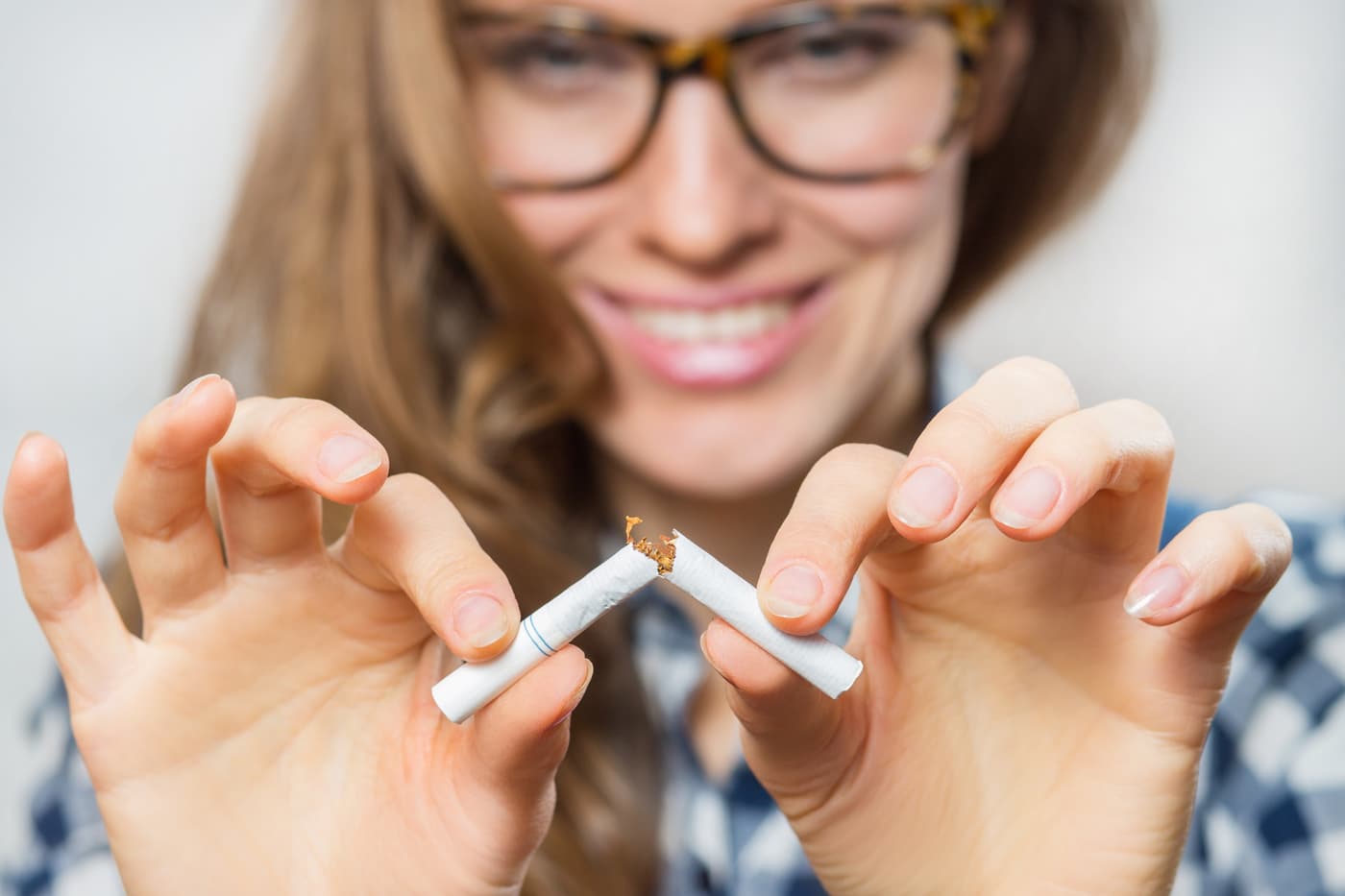
Stay well hydrated
Keeping sufficiently hydrated enables your facial skin to maintain its volume, which helps smooth out crow’s feet. Applying eye creams and moisturizers also improves skin’s appearance, especially in the more tender area around the eyes. Remember, drinking plenty of water is one of the best things to do when it comes to preventing crow’s feet and other facial lines and wrinkles. Water replenishes the skin tissue, increases its elasticity, and helps minimize the appearance of fine lines and wrinkles.
Get your beauty sleep
Getting 6 to 8 hours of sleep every night enables your body to produce more human growth hormone (HGH), which helps repair damaged skin, maintain skin elasticity, and delay early lines from forming. Sufficient sleep also reduces dark circles under the eyes. While you sleep, your body repairs skin damage from UV rays and produces new collagen for healthy skin.
Take proper care of your facial skin
Washing your face twice a day (morning and evening) is recommended. Don’t use hot water, as it tends to strip skin of the essential moisture, natural oils, and protective lipids that help prevent crow’s feet and wrinkles. Use cold water to cleanse your face, and immediately follow up with a moisturizer.
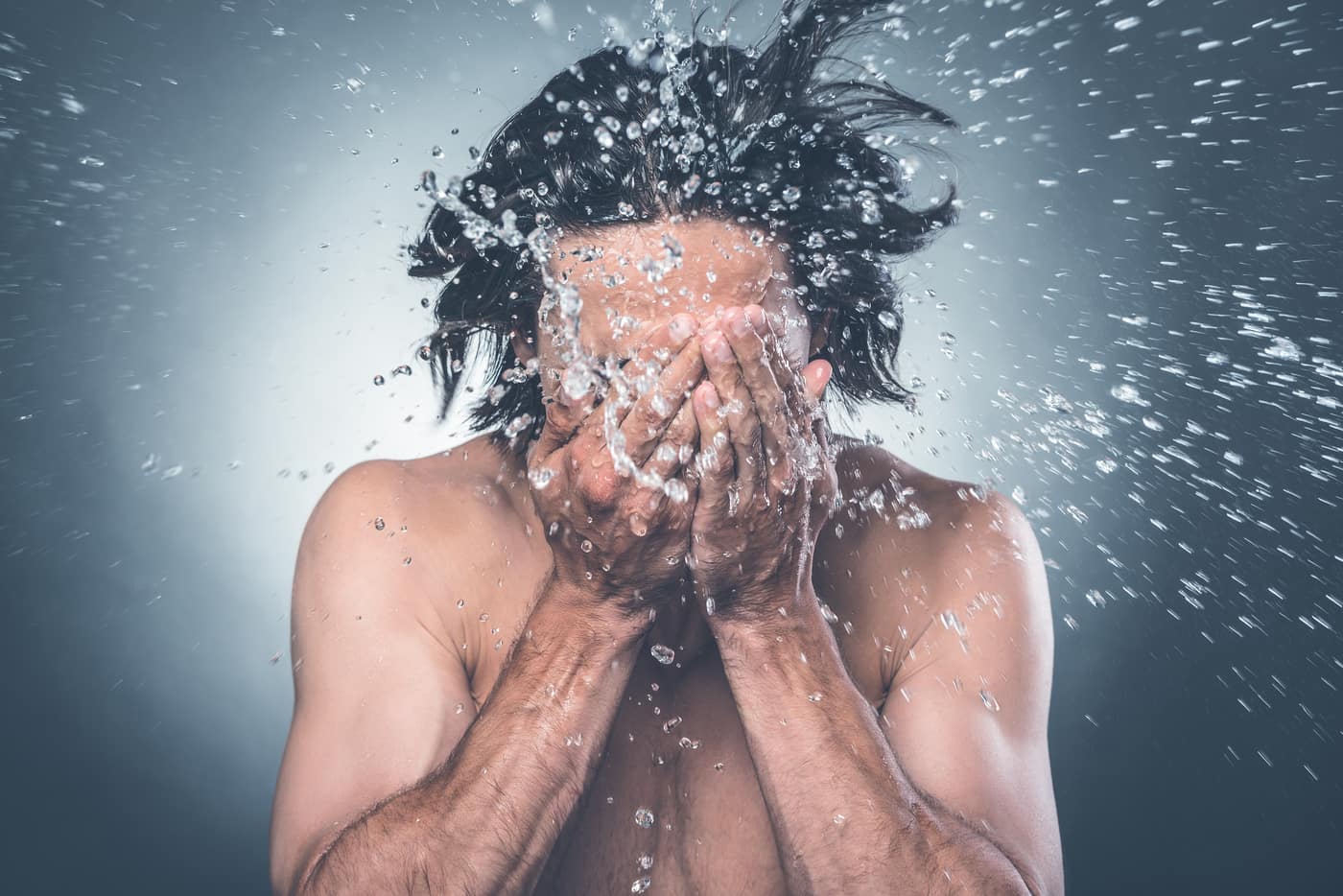
Several times a week, gently exfoliate to remove dead skin cells on the top layer of your skin and stimulate the production of new skin cells. Exfoliation will help reduce the appearance of crow’s feet, as exfoliation pushes fresh skin and volume to the surface, thus decreasing fine lines and wrinkles for a smoother appearance.
Also, avoid over-washing and over-scrubbing, as this can wash away the skin’s protective barrier, damaging the skin and leaving it irritated. An effective skincare routine can help your skin stay youthful, healthy, and vibrant.
What else can you do to treat crow’s feet?
Treatment options to decrease the appearance of crow’s feet range from natural home remedies and over-the-counter solutions to professional cosmetic procedures. Natural home remedies include applying egg whites and coconut oil to the face.
For centuries, egg whites have been used to tighten skin and shrink fine lines. To treat crow’s feet, whisk the egg whites to a frothy consistency, dab it around the affected area, and remove it after 10 minutes with a clean cotton ball.
Coconut oil nourishes the skin and contains linoleic acid, which can reconnect broken skin tissues to treat fine lines and wrinkles, including crow’s feet. It also has wonderful emollient and hydrating properties.
Can over-the-counter anti-wrinkle creams help reduce crow’s feet?
Anti-wrinkle creams and similar skin care products you can buy over the counter may provide limited results. These products contain less active ingredients than prescription creams.
Products comprising natural and organic ingredients will be gentle and calming on your skin. Natural moisturizing emollients include shea butter, cocoa, mango, almond oil, avocado oil, and coconut oil. Natural occlusive moisturizers include oils such as olive, jojoba, coconut, and bee waxes. Natural humectant moisturizers include honey and hyaluronic acid.
What professional treatments help to reduce crow’s feet?
Skincare professionals use a variety of topical medications, dermal fillers, chemical peels, injections, laser methods, and Botox procedures to treat crow’s feet. Treatments provided by skincare professionals include:
- Collagen injections and other types of dermal fillers are used to fill in and conceal crow’s feet
- Chemical exfoliants, such as alpha hydroxy acid (AHA) and glycolic acid (considered to be the gold standard), remove the top layers of old skin cells, promoting skin renewal and reducing wrinkles on the outer layer of skin
- Topical retinoids (such as Retin-A products), which stimulate the production of new blood vessels in the skin, thus reducing fine lines and wrinkles
- Hyaluronic acid, which hydrates and plumps aging skin by locking in moisture
- Botulinum toxin (Botox injections), which can treat wrinkles and immobilize facial muscles for up to six months

- Exfoliation processes (such as chemical peels, dermabrasion, and microdermabrasion), which promote new skin growth
- Radiofrequency (RF) micro-needling techniques and laser/light resurfacing treatments, which can soften wrinkles and crow’s feet around the eyes
- Laser resurfacing, which removes the upper layers of skin, promotes collagen growth and tightens skin to help erase crow’s feet wrinkles
How does laser resurfacing and Botox work?
Laser resurfacing reduces the appearance of wrinkles, scars, and sun damage. Laser devices produce a controlled injury to the skin, causing just the right amount of damage to promote new cell growth. Ablative lasers remove outer skin layers, while non-ablative lasers heat the deeper layers of skin to promote collagen production without altering the skin’s surface.
Physicians may combine laser resurfacing with other techniques, such as Botox injections. Botox is best suited for the treatment of dynamic wrinkles. Botox is injected directly into the affected area with a small needle to treat crow’s feet, causing the muscles in that area to relax. This treatment prevents these muscles from contracting, thus reducing the appearance of crow’s feet.
What is Sofwave™ offering to help reduce crow’s feet?
The safe and non-invasive Sofwave™ Synchronous Ultrasound Parallel Beam (SUPERB™) technology is designed to protect skin while minimizing fine lines, wrinkles, and crow’s feet by stimulating more collagen production. Ideal for all skin types, the Sofwave™ SUPERB™ ultrasound treatment is recommended for people who want a needle-less and painless treatment.
Patients who undergo the Sofwave™ treatment experience only very minimal discomfort, and most patients see positive results right away. The full impact of the treatment takes about three months for the remodeling process of collagen and elastin. The procedure takes about 45 minutes to complete, and patients can immediately return to their daily activities.
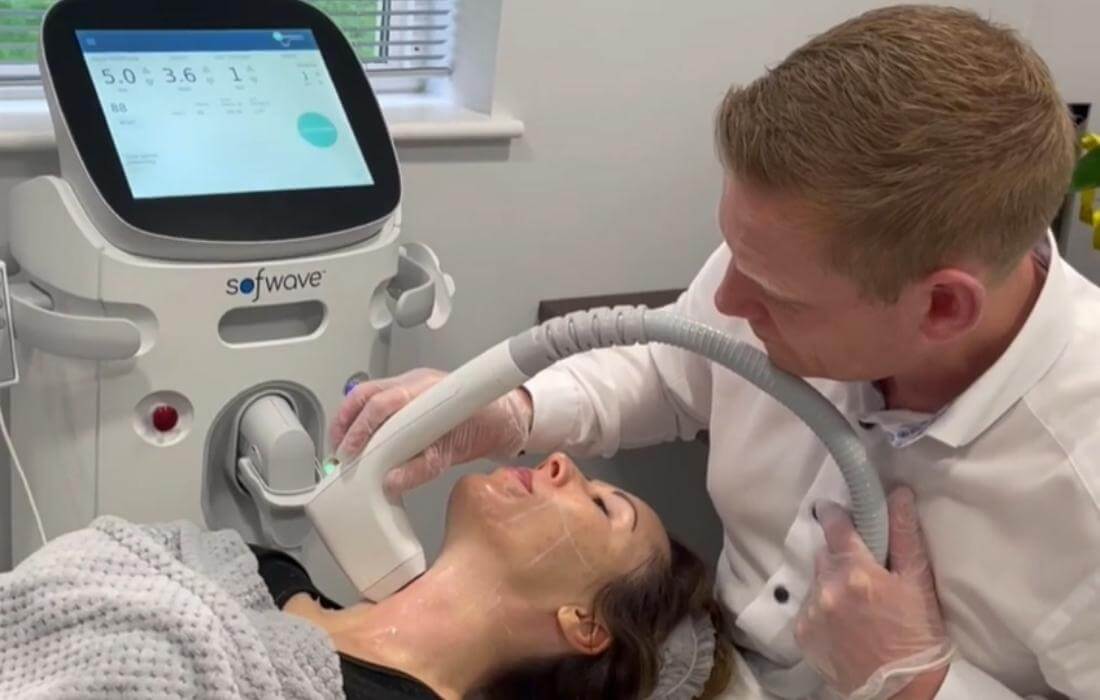
How does Sofwave™ technology work?
Sofwave™ ultrasound treatments create a controlled, elongated, and directional thermal coagulation at a depth of 1.5 mm in the mid-dermis – achieving beneficial effects with minimal penetration while ensuring no damage to the epidermis or to underlying nerves, bones, blood vessels, or face and neck tissue.
The ultrasound energy is absorbed and cannot penetrate deeper than 2 mm, thus preventing injuries at the treatment site. With this technology, ultrasound energy precisely passes through the skin’s surface (the epidermis), heating the mid-dermal tissue at the precise depth and temperature to induce more collagen production, resulting in fresh new skin.
Has the U.S. Food and Drug Administration (FDA) reviewed Sofwave™ technology?
Yes! Sofwave™ SUPERB™ technology has been FDA cleared to reduce facial lines and wrinkles, lift the eyebrow, and lax skin of the submental and neck tissues.
How does Sofwave™ technology protect the skin during cosmetic procedures?
The Sofwave™ ultrasound treatment creates a controlled, elongated, and directional thermal coagulation at a depth of 1.5 mm in the mid-dermis – achieving beneficial effects with minimal penetration, while ensuring no damage to the epidermis or to underlying nerves, bones, blood vessels, or face and neck tissue. The ultrasound energy is absorbed and cannot penetrate deeper than 2 mm, thus preventing injuries at the treatment site.
During the Sofwave™ ultrasound treatment, the SUPERB™ system’s Sofcool™ cooling mechanism provides real-time skin temperature monitoring and protects the uppermost skin layer from burning – providing extra protection that ensures the safety of this cosmetic procedure and guaranteeing the best experience for patients.
Is Sofwave™ ultrasound treatment appropriate for all skin types?
The Sofwave™ SUPERB™ ultrasound treatment is ideal for all skin types, as ultrasound absorption is determined by the microscopic and bulk mechanical properties of tissue, and is independent of skin color or pigmentation. Dermatologists and cosmetic dermatology surgeons recommend this procedure for patients who do not want invasive surgery. Patients undergoing this simple procedure experience only very minimal discomfort and can see positive results immediately. The full impact of the treatment can be seen within just two weeks.

Has this technology been reviewed by the U.S. Food and Drug Administration (FDA)?
Sofwave™ SUPERB™ technology has been FDA cleared for reducing facial lines and wrinkles, lifting the eyebrow, and lifting lax skin of the submental and neck tissues.
Ready to see the results of these innovative Sofwave™ procedures?
The impressive results of these ultrasound treatments can be seen in “before and after” photos that prove the SUPERB™ system’s ability to dramatically minimize fine lines and wrinkles on the face and neck. With Sofwave™ technology, you can erase your crow’s feet wrinkles and turn back the clock on your appearance for a fresh new look!
References:
- “How to Get Rid of Crow’s Feet,” colorescience, https://www.colorescience.com/blogs/learn/how-to-get-rid-of-crows-feet
- “Our Complete Guide on How to Prevent Crow’s Feet,” The Skin Center By Charlotte Plastic Surgery, https://www.theskincenterbycps.com/how-to-prevent-crows-feet/
- Amanda Edelman, “Your Ultimate Guide to Preventing and Diminishing Crow’s Feet,” Updated March 5, 2022, Byrdie, https://www.byrdie.com/how-to-get-rid-of-crows-feet-4788191
- “How to Get Rid of Crow’s Feet,” Updated September 9, 2021, DermSpotlight, https://www.dermspotlight.com/crows-feet
- " How to Reduce and Prevent Crow’s Feet," Face Clinic London, https://facecliniclondon.com/crows-feet/
- Zia Sherrell, MPH, “Treating, Covering, and Preventing Crow's Feet,” March 30, 2022, Medical News Today, https://www.medicalnewstoday.com/articles/crows-feet
- Larry Pollack, MD, FACS, “How to Prevent Crow’s Feet,” December 29, 2016, https://www.delmarplasticsurgery.com/blog/how-to-prevent-crows-feet/
- “Crow’s Feet – Causes, Treatment & Prevention,” Aspire Dermatology, https://aspirederm.com/crows-feet-causes-treatment-prevention/
- Barbara Christian, “How to Prevent Crow’s Feet (Without Those Expensive Creams),” November 25, 2020, https://smarterscienceofslim.com/how-to-prevent-crows-feet-without-those-expensive-creams/
- “Crow’s Feet,” Innovations Medical, https://innovationsmedical.com/crows-feet/
- Corinne O’Keefe Osborn, “Treating, Concealing, and Preventing Crow’s Feet,” Updated March 8, 2019, Healthline, https://www.healthline.com/health/beauty-skin-care/crows-feet
- “How To Get Rid of Crow’s Feet,” The Derm Review, September 28, 2018, https://thedermreview.com/crows-feet/


